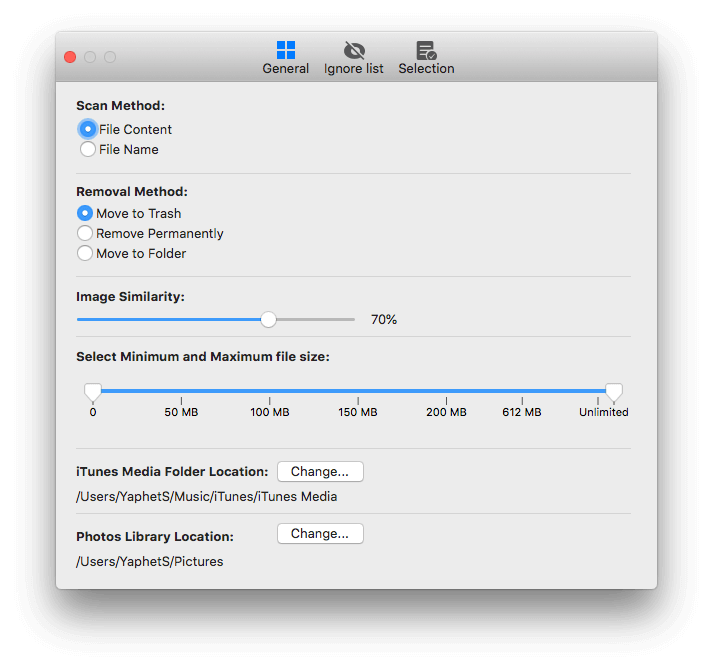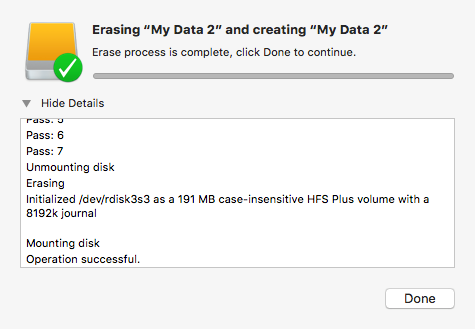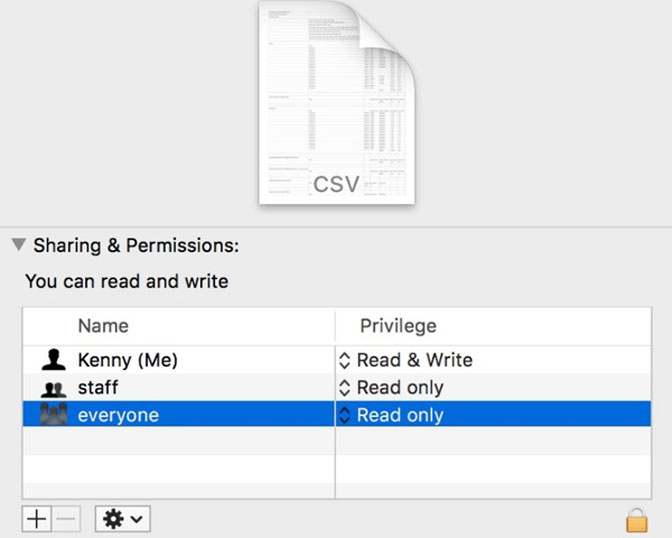

Type the cp -R Terminal command below and press Enter to copy a specified file or folder.Launch Disk Utility, mount your startup volume, if necessary, and close the app.Boot to macOS Recovery using the method appropriate to your Mac model.Though this is a time-consuming method, it is best if you dont want to use the above methods. When the pop-up box appears, confirm to delete files.
#REMOVE FILES FROM MAC HARD DRIVE HOW TO#
Here’s how to use Terminal to copy files from a Mac that won’t boot: Delete the files immediately by pressing 'delete immediately' from the 'file' menu. All you’ll need is a correctly formatted external disk connected to your Mac. Select Delete Immediately from the dialog box that appears, and the user account will gone, along with the stubborn file.If you’re comfortable with Terminal, you can use commands in macOS Recovery mode to copy files across to an external hard drive. Return to the Accounts pane in the System Preferences and delete the temporary account by selecting it from the list and hitting the delete key. Then log back out, and go back to your normal user account. From here, move the file into this users trash. Log out of your account and log into the newly created one. Next, move the troublesome file from your trash to the Shared folder, located in the Users folder. It doesn't matter what details you give it, just remember the password. Start by going to the Accounts preference pane in the System Preferences and creating a new user account. This method is a little time consuming, but it is great if you don't want to use the Terminal. Method 4 - Creating a temporary user account Carry out the steps as above, and this time you will be prompted to enter an administrator password. This is a little more dangerous as you can accidentally delete lots more vital files. If this still doesn't work, the next stage is to use "sudo rm -f " instead. If the item that won't delete is a folder rather than a file, type "rm -rf " instead. Double check that this is the thing you want to delete, then press enter.

Launch Disk Utility it’s in the Utilities folder in your Applications folder. Then find the file that wont delete, and drag it to the Terminal window, and the path to that item should appear. Whether it’s a hard drive in an older Mac or an external hard drive, if it is accessible, you can use Disk Utility to securely erase it. To also remove the Dropbox folder from your hard drive, drag your Dropbox folder to the Trash.

Type in "rm -f " without the quotation marks, and with the space after the f. To uninstall Dropbox from the menu bar on your Mac device. To delete a file using this method, first open up the Terminal, located in the Applications/Utilities folder.

This method requires a bit of care, as making a mistake in the Terminal can result in things going horribly wrong. There are a few alternatives that perform many other tasks as well, such as OnyX (free).
#REMOVE FILES FROM MAC HARD DRIVE FREE#
One that is completely dedicated to it is Super Empty Trash, a free application with the sole purpose of helping you empty your trash. On the sidebar, go to Devices and locate the drive you want to eject. There are several ways you can eject your device from a Mac. There are many applications available that allow you to force the trash to empty. Therefore, if you unplug the drive without using the operating system’s software, your files can become corrupt or damaged. Luckily this option seems to be more effective with stubborn files than the regular Empty Trash. Secure Empty Trash is normally used to make sure deleted items stay deleted by writing over them multiple times with random data. Go to the Finder Menu in the top left corner of the screen and choose "Secure Empty Trash" located right below the usual Empty Trash. Probably the most simple solution, and almost always works.


 0 kommentar(er)
0 kommentar(er)
